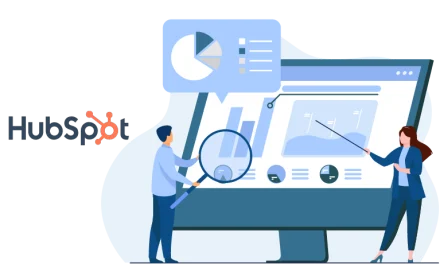“Who’s it for?” is not simply a question about your target customer.
Milton Friedman offered to let us off the hook–the only thing the work is for is to maximize shareholder value, he said. Nothing else is worth measuring.
I’ve never met anyone who consistently believed this. There are folks who find it easy to allow money to make their decisions for them, but at some point, all of us move away from this empty path.
Work is an expression of ourselves, and a chance to find meaning as we make a difference and earn a living.
When we choose to serve our customers, we find a more reliable compass instead of only following the money. The customers are right there in front of us, and we can see and feel the results of our work every day. This is the doctor who spends a few extra minutes with a patient in need, or the staff member with a boss who rewards a customer-centric approach, even (especially) if it’s more expensive in the short run.
But how about artists who choose to produce paintings they love instead of those that will easily sell? This is a different sort of success, one that’s not measured in how many customers one has, but in our pride and satisfaction with the work we create.
Some symphony orchestras wrestle with the journey of finding a unified definition of success. There are musicians who have paid their dues, twenty or thirty years of practice and dedication. Many of them want to play challenging work, with time to hone their craft. The purpose of the work is to allow them to follow their creative path, the audience is just a way to achieve that. Others are eager to play crowd-pleasing programs, discovering that audience success rewards them even more than their own definition of artistry.
The conflict, in any organization, is a challenge. We’d like our team members to use their best judgment, to find the satisfaction they seek in their work. But what happens when these definitions of success don’t align?
Too often, management simply conceals what they really seek, or lies about it. If “employees are our most important asset” then why not act that way?
Let’s be clear about who it’s for and what it’s for. It makes decision making more productive and communication and measurement far more effective.








Last Comments